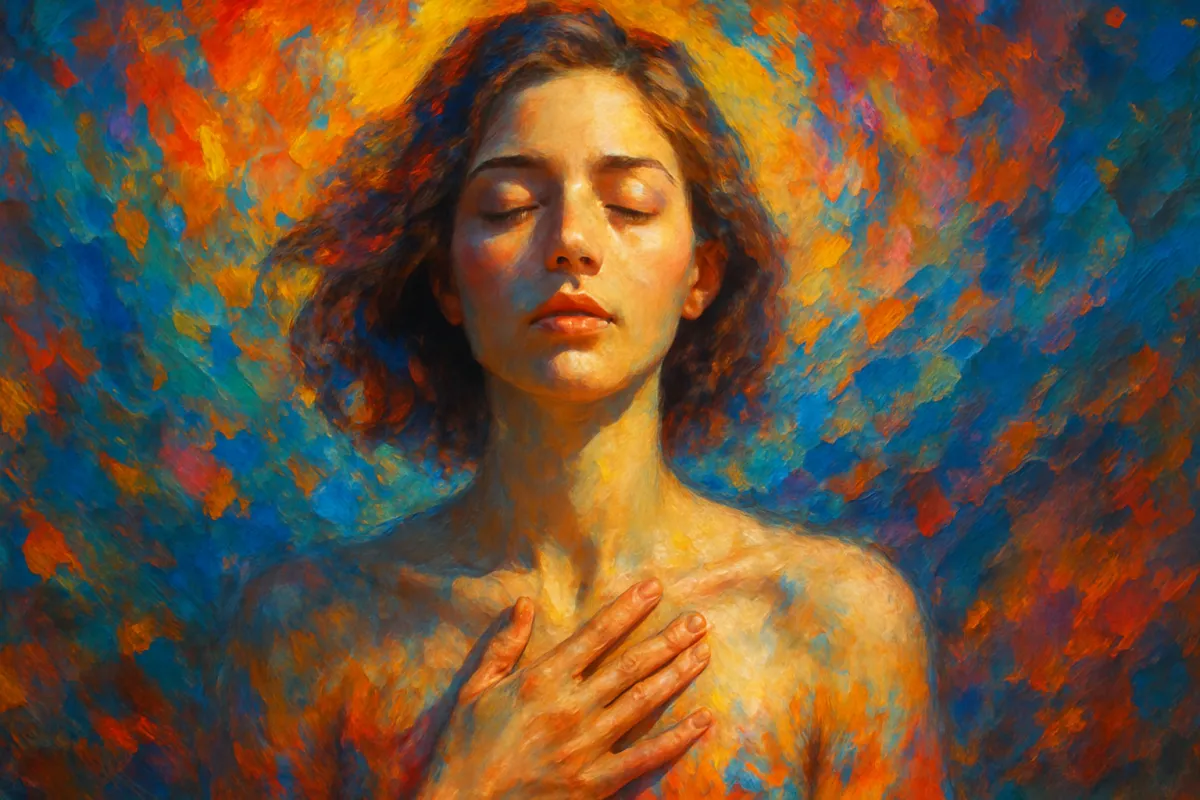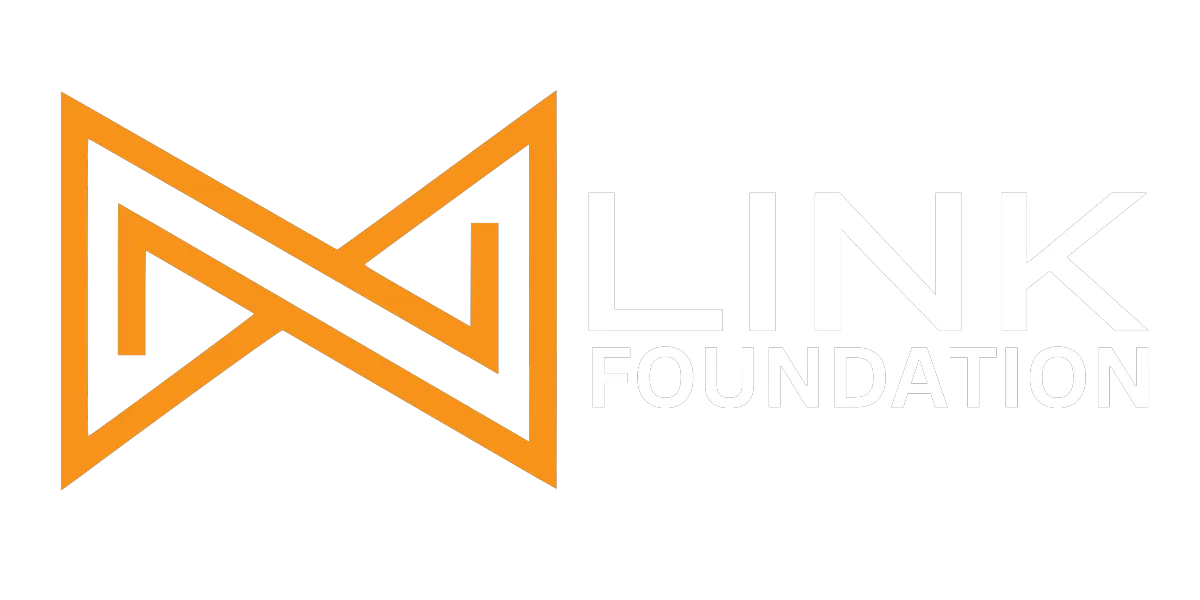
🧠 Art, Emotion & AI: The Human Soul in the Digital Mirror
🎧 Listen to this article:
Spanish
English
Artificial intelligence no longer just optimizes processes; now it creates. Are we witnessing the digital renaissance of art and creativity?
🎨 AI: Creative Tool or Symbolic Threat?
Artificial intelligence has become an unexpected actor in the creative world. Today, platforms like DALL·E, Midjourney, and ChatGPT can produce moving images, evocative poems, and even full symphonies. But does that mean they can feel?
Art doesn’t just communicate; it constructs meaning. From cave paintings to political murals, art has always been humanity’s way of expressing pain, beauty, memory, and transformation.
🧠 What Does Psychology Say About Creativity and Emotion?
✨ Self-Determination Theory (Deci & Ryan)
True creativity stems from intrinsic motivation — the inner drive to express something meaningful. Artificial systems have no desires, no purpose. Their output is mechanical, even when it mimics emotional patterns.
🧠 Flow Theory (Csikszentmihalyi)
When an artist enters a flow state, they deeply connect with themselves and their creation. This state of expanded consciousness cannot be replicated by a machine.
💡 Humanistic Psychology (Maslow, Rogers)
Art is a path to self-actualization. Carl Rogers believed that authentic art is a means of discovering oneself. We don’t just make art — we become through art.
🎨 What’s at Stake: The Symbolic Soul of Art

Synthetic systems can replicate styles, techniques, and emotional patterns... but they have no soul. They don’t dream, love, or suffer.
Artists shouldn’t get stuck in technical criticism. They must lead the ethical and symbolic debate.
📸 Haven’t We Been Here Before? Art and the Rise of Photography
In the 19th century, photography threatened to replace portrait painters. But instead of disappearing, artists shifted focus — exploring color, light, and emotion. Impressionism was born, ushering in a new era of art.
Today, we’re not facing the death of art — we’re witnessing its next metamorphosis.
⚡️ The Challenge Is Not Technical, but Ethical and Philosophical
Technology is already here. The real questions aren’t about how, but why — and who. The challenges we face aren’t lines of code; they’re matters of conscience.
🧨 Who Is the Author?
When a work is generated in part by algorithms, who signs it? The programmer? The user? The system?
💰 Intellectual Property
Current copyright laws aren’t built for human-machine co-creation. We urgently need to redefine our legal and ethical frameworks.
✨ Emotion, Spirituality, and Human Narratives
Art connects us to the invisible — to what can’t be said in words. Only human-made art can heal, inspire, and transform.
🌟 A Path for Artists: From Fear to Conscious Action

In times of change, courage doesn’t mean resistance or blind acceptance — it means being informed and choosing wisely. This path doesn’t aim to polarize, but to accompany. Here are inclusive steps for those who wish to explore without losing the essence of their art:
✔ Recognize AI as a tool, not an enemy.
Like a brush doesn’t replace inspiration, AI doesn’t replace the human soul. Using it doesn’t betray
art — it expands what’s technically and aesthetically possible.
✔ Explore new narratives: create works that converse with AI.
This isn’t about abandoning tradition, but integrating new languages. Many artists are already using
AI to question authorship or expand their audiovisual storytelling.
✔ Join ethical and legislative discussions.
Staying informed is a way of protecting art. Being part of open dialogue gives artists a voice in
shaping how AI is regulated and defined in creative industries.
✔ Build communities rooted in humanistic values.
In the face of automation, human connection is our strength. Sharing visions, fears, and possibilities
leads to meaningful collaboration.
✔ Integrate AI in technical processes, but preserve the soul of your art.
Use AI to sketch, compose, or brainstorm — but let the emotional and aesthetic decisions remain
yours. Soulful art comes from mindful choices.
✔ Educate future generations about the symbolic value of human art.
The existence of new tools doesn’t erase the purpose of art. Teaching others this truth is an act of
love and cultural continuity.
🔍 Recommended Links
The AI Crossroads: What Will History Say About Us? - Link Foundation
Why AI Will Never Replace Our Emotional Intelligence - Conversant
🎯 Conclusion
AI can generate art — but it cannot feel it. And that makes all the difference.
As happened with photography, art doesn’t disappear — it evolves. Artists who embrace this transition with awareness will become the symbolic leaders of the 21st century.
Don’t let machines tell all the stories. The soul is still human.
🚀 Share it!
Share this article with your creative community, spark discussion on your platforms, or create a piece that reflects on the world of today.





